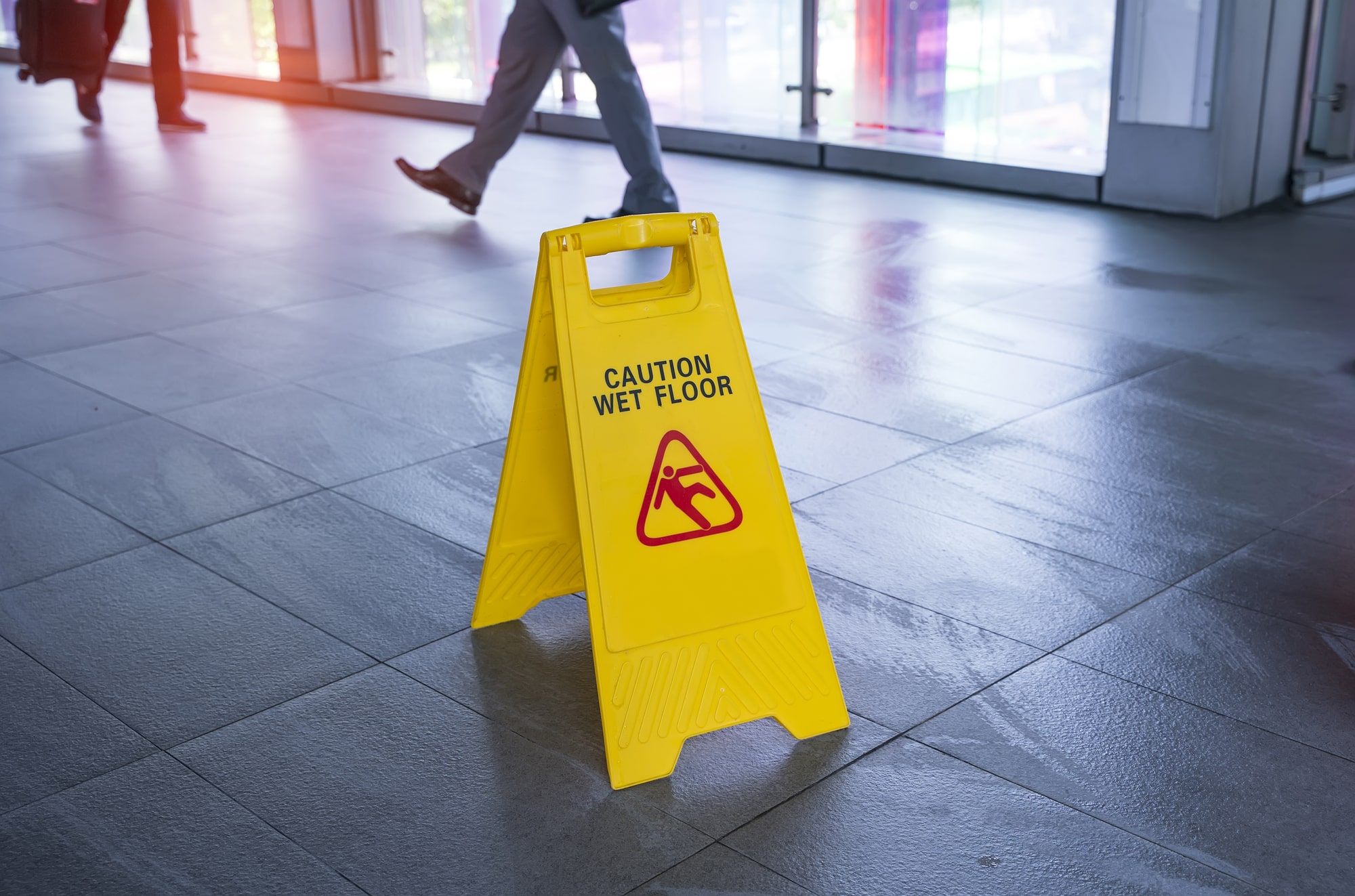Slip and fall accidents can lead to serious injuries, from broken bones to head trauma, and understanding the role of negligence is crucial when it comes to pursuing compensation. Whether the incident happens in a store, at a public park, or even on private property, proving liability and hiring a knowledgeable slip and fall lawyer is often the key to securing a fair settlement or winning a personal injury lawsuit.
Defining Negligence
Negligence is a legal concept that involves a failure to act with the care that a reasonable person would exercise under similar circumstances. In the context of a slip and fall accident, negligence might include the failure to fix a known hazard, not warning visitors about potential dangers, or not taking steps to prevent accidents on the property.
To establish negligence, there are four essential elements that must be proven:
- Duty of care or the property owner or occupier’s responsibility to ensure that their premises are safe for visitors.
- Breach of duty or the property owner failed to meet their duty of care by allowing a dangerous condition to exist.
- Causation which is the dangerous condition that directly caused the slip and fall accident.
- Damages proving that the injured party suffered financial losses do to actual harm, such as physical injury, emotional distress, or financial losses.
Common Causes Of Negligence In Slip And Fall Cases
Negligence in slip and fall cases can arise from many different situations. Some of the most common causes include:
- Wet or slippery floors from spilled liquids, freshly mopped floors, or weather-related hazards (such as rain or snow) can cause surfaces to become dangerously slippery. Property owners must take reasonable steps to clean up spills quickly or post warning signs to alert visitors.
- Uneven or broken surfaces like racked pavement, broken tiles, or uneven flooring can easily cause someone to trip and fall. Property owners have a responsibility to repair or replace damaged surfaces and to mark hazardous areas.
- Poor lighting such as inadequately lit stairwells, hallways, or parking lots that make it difficult for people to see potential hazards, increasing the risk of accidents.
- Obstructions like items left in walkways, such as boxes, cables, or furniture, can pose a tripping hazard. It’s the property owner’s duty to keep pathways clear of obstacles.
- Missing warning signs where there is a known hazard on the property, such as a wet floor or ice buildup, the owner must take reasonable steps to warn visitors about the danger. Failing to do so is often considered negligence.
Proving Negligence In A Slip And Fall Case
When pursuing a slip and fall case, the injured party must show that the property owner or occupier was negligent in maintaining safe conditions. An experienced slip and fall attorney can help you gather the necessary evidence to support your claim, such as photographic evidence, witness testimony, security footage, maintenance records, and medical evaluations.
Why You Need A Lawyer
Even though negligence is a key element in slip and fall accidents, proving it can be challenging. Property owners and insurance companies often have teams of lawyers who will work hard to minimize their liability or shift the blame onto the injured party. Our colleagues at Strong Law Accident & Injury Attorneys suggest hiring a personal injury lawyer to level the playing field and put you in the best position to win your case.
For help understanding how negligence applies to your slip and call case, contact an attorney.

